The BRAWL² Tournament Challenge has been announced!
It starts May 12, and ends Oct 17. Let's see what you got!
https://polycount.com/discussion/237047/the-brawl²-tournament
It starts May 12, and ends Oct 17. Let's see what you got!
https://polycount.com/discussion/237047/the-brawl²-tournament
Hirstarts, and what he can teach Environment Artists about modularity
Take a look at the projects section really quick
http://hirstarts.com/projects.html
I've been up and down this website for the past week totally geeking out about how applicable it is to environment artists. I highly suggest you take a look through it and study how things are constructed, and what parts he uses. Looking through this, at the casts and the instructions, it opens my mind to what pieces I need to make for an environment, how to split them up for maximum usability, and how to construct a full scene using the pieces I make.
You may recall when I made a plaster environment a few years ago and how much I learned from doing that. I highly suggest this activity to anyone, as the insight you can gain from doing this you can't get anywhere else.
I'd love to hear your thoughts, and if you have more resources like this then post them up!
Check out some pics:
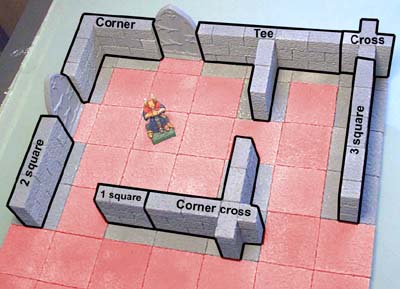
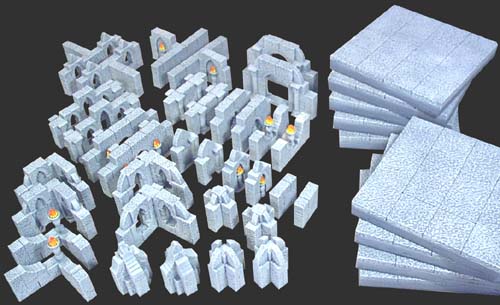
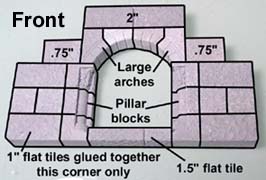
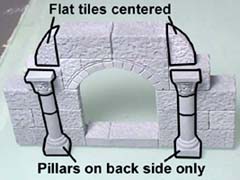
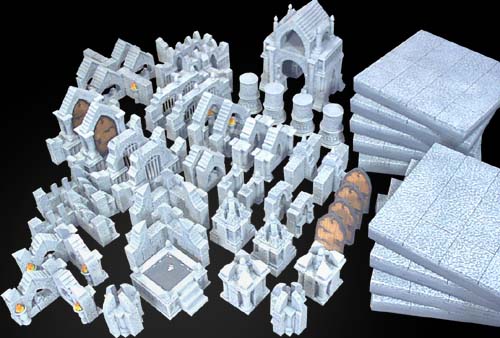
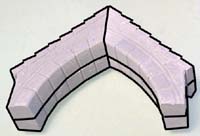

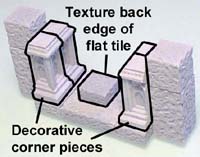
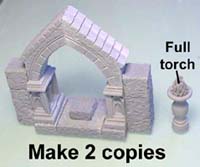

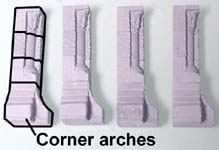

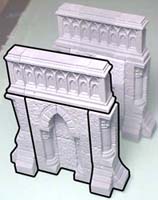
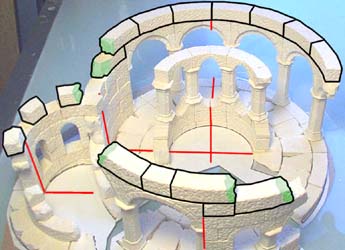
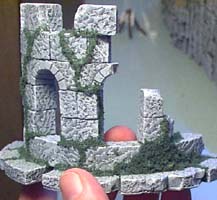

http://hirstarts.com/projects.html
I've been up and down this website for the past week totally geeking out about how applicable it is to environment artists. I highly suggest you take a look through it and study how things are constructed, and what parts he uses. Looking through this, at the casts and the instructions, it opens my mind to what pieces I need to make for an environment, how to split them up for maximum usability, and how to construct a full scene using the pieces I make.
You may recall when I made a plaster environment a few years ago and how much I learned from doing that. I highly suggest this activity to anyone, as the insight you can gain from doing this you can't get anywhere else.
I'd love to hear your thoughts, and if you have more resources like this then post them up!
Check out some pics:

















Replies
at least this way you got undo at your hand :P
http://wiki.polycount.net/CategoryEnvironmentModularity
Just when I try to create my first level on a tiled based visible grid
Thank you
A programmer who is either also a good artist, or has a good artist helping them, could make some very fun levels with pieces like this.
They've been doing it for ages, but most of the time it's programmer art, or we don't appreciate what it is when it's done that way in a Triple A title.
Fun fact: I just found out that most of these pieces have been recreated in Google Sketchup for prototyping! Even some of the projects were constructed so you can see how they were put together. If you wanted to look more into these parts without buying the molds, that's your chance!
Come to think of it, a great exercise in modular building could be something like this: Make a structure-like chess set. It's familiar enough that it's feasible, and small enough that it can be done without too much time. I may do this myself, I could use the training.